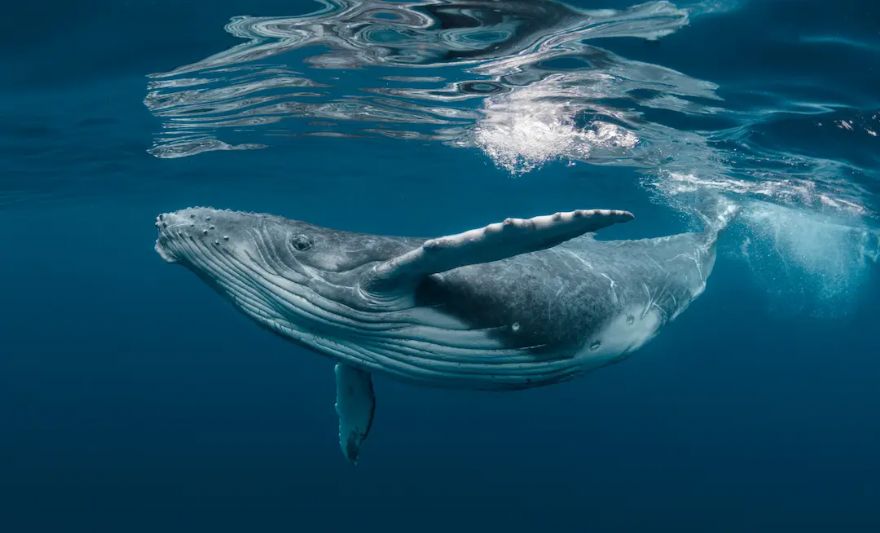 Picture courtesy of ORE Catapault
Picture courtesy of ORE CatapaultA report published earlier this week by the Offshore Renewable Energy (ORE) Catapult lays out a new approach to environmental monitoring and consenting within the UK offshore wind sector. With the UK Government looking to radically increasing offshore wind deployment, the report says there is a clear need for changes to the environmental consenting process.
It can currently take several years for appropriate environmental assessments of potential offshore wind farms to be carried out. This, in turn, leads to delays in consenting which present a potential barrier to the scale and pace of development needed for the UK to meet ambitious offshore wind targets and ‘net zero’ ambitions.
The report calls for the adoption of a Regional Ecosystem Monitoring Programme (REMP) which would assess the environmental impacts of offshore wind projects at a regional level, rather than the current project by project approach.
It also sets out a number of key recommendations, including: shifting from project-level to regional scale assessments; appointing an independent body to oversee and facilitate this process; removing the ‘scoping phase’ from the pre-application stage of the environmental consenting process; adopting an ecosystem-based approach to monitoring; embracing innovative monitoring technology, such as robotics and artificial intelligence (AI) to enable multi-scale, concurrent analysis.
Ambitious targets for offshore windDr Caroline Whalley, an environmental specialist at ORE Catapult, and author of the report, said: “With such ambitious targets for offshore wind deployment, it is time to evolve how we monitor and assess the environmental effects of potential offshore wind projects. We need to embrace next generation survey methodologies and thinking. By transitioning to a regional-scale ecosystem-based approach to monitoring, we can take a more holistic view of ensuring the UK is making quicker and more informed decisions about future sustainable offshore wind deployment.”
Professor Beth Scott, a world-leading expert on marine ecology from the University of Aberdeen, said: “Moving to a regional ecosystem-based monitoring program (REMP) is a game-changer for industry, government, academics and stakeholders. Climate change is barrelling down on us, driving a need for the extremely rapid acceleration of offshore renewable energy.
“The regional approach outlined by ORE Catapult provides a clear roadmap, that includes reflective, adaptive changes that will allow the better understanding of effective regional planning decisions and hence consenting decisions can be made closer to the rate of change necessary. The scientific community stands ready and able to enact and facilitate a regional approach, and we are excited to see offshore industries, policy makers and governments interested in pursuing this direction.”
This work was carried out by ORE Catapult as part of the Accelerating Consenting for Offshore Renewables Deployment’ (ACORD) project which aims to accelerate the deployment of major offshore renewable energy infrastructure projects, minimise the damage to the environment, and maximise the potential to reach ‘net zero’.